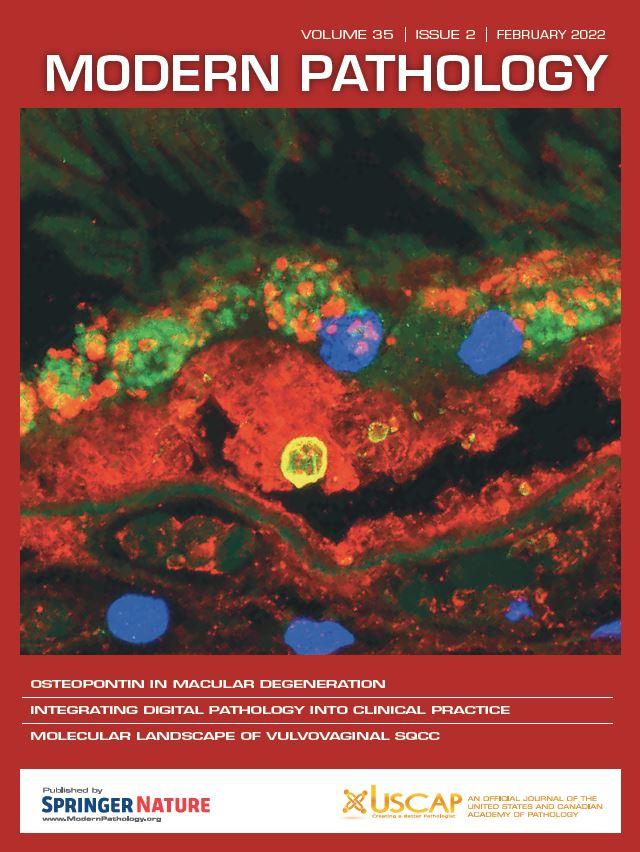
Age-related macular degeneration (AMD) is the leading cause of vision loss in the elderly in the Western World. The dry clinical sub-type of this disease occurs in approximately 85% of patients and is characterized by the accumulation of extracellular deposits in the posterior pole of the eye. The exact mechanisms involved in the growth and development of these deposits, which are similar to those that form in systemic and neurodegenerative diseases such as atherosclerosis and Alzheimer’s disease, is not known. Additionally, there are no therapies available to patients with dry AMD.
In their recent study, published in journal of Modern Pathology, Goldis Malek, PhD and team identified a new histological biomarker of deposits in the posterior pole called osteopontin, a multi-functional protein involved in the recruitment and retention of immune cells. Additionally, they report that when ocular cells are exposed to oxidative stress, they are capable of secreting this protein, thus identifying a mechanism potentially contributing to the formation of deposits in the back of the eye. Future studies will explore whether or not osteopontin could be effectively targeted as a potential therapy for age-related macular degeneration.